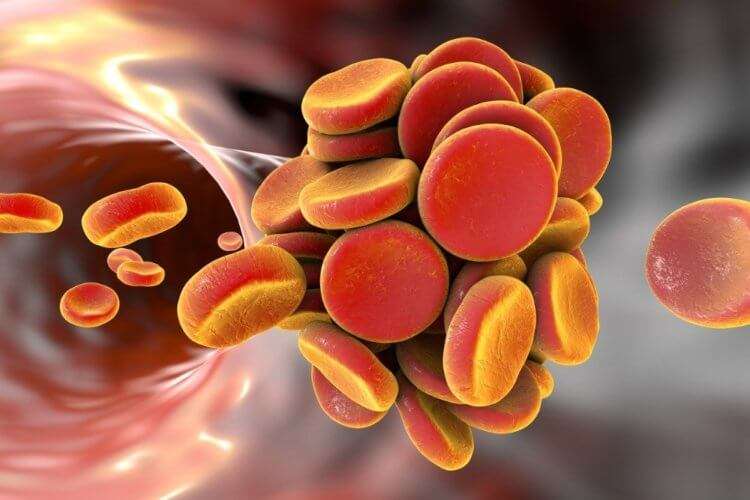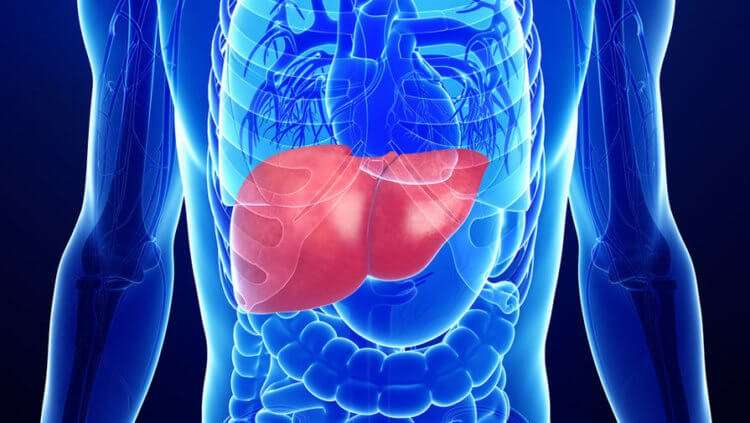Blood clots will be detected with a laser sensor

Most cardiovascular diseases are associated with blood clots in the blood vessels. These are caused by a malfunction of the clotting system, one of our body’s most important protective systems. It is responsible for ensuring that the blood in the…





